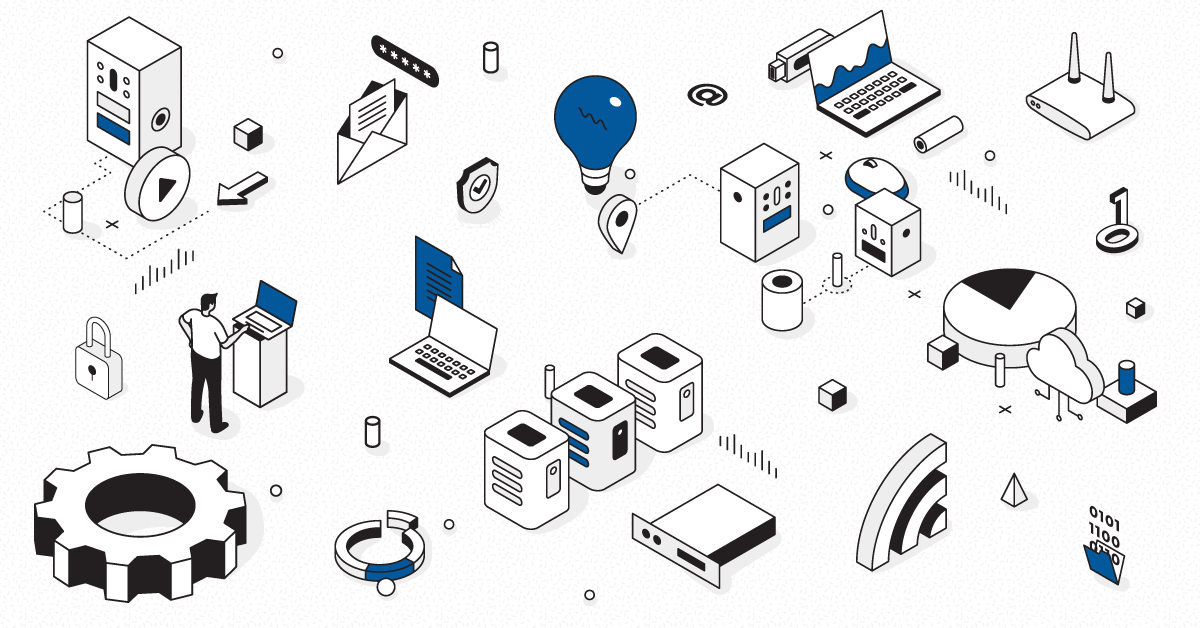CASE STUDY: City of Frankfurt
IT Service Management
The city of Frankfurt is Europe’s economic hub. Trillions of Euros pulse through its vibrant financial system on a daily basis. Providing robust and reliable municipal services is important to the city’s continued prominence. Nearly a million citizens and foreign workers depend on the city’s government for daily services. Most of the city’s services – including daycare centers, school houses and registry offices depend on access to highly reliable IT services to meet its citizen’s expectations. With Martello’s IT Dashboards for government, the City of Frankfurt was able to continue to centralize their IT services with confidence.
Overview
Like many IT departments, the city has worked towards centralization over the years. Each department managed its own IT resources, such as the Active Directory. Looking for cost-savings, security and reliability, the Department for Information and Communication Technology (ICT) began to offer centralized IT services. Today, over 100 IT services, supporting 10,000 employees across 600 locations, have been centralized.
The city’s IT managers implemented Microsoft’s System Center Operations Manager (SCOM) to monitor its 500 servers and 2,500 network nodes. While SCOM provides basic infrastructure availability monitoring, the Department for ICT struggled to accelerate its IT shared service adoption as it could not provide a real-time dashboard into the services it hoped to manage for its client departments. The city of Frankfurt turned to Martello to help solve its transparency and communication challenges with great success.
The Challenge
Migrating IT services to another team, even internally, requires real-time visibility and two-way communication. Many of the departments at the City of Frankfurt were reluctant to centralize IT services. Giving up full control of IT resources requires not only high service levels, but also dashboards to provide visibility into these managed services.
The city’s IT Managers also found it difficult to tune monitoring and alerts in SCOM without context of the service provided. “Our SCOM deployment still needs a lot of work to be effective. And without context of a service, configuring alerts is a tough job to tackle,” Jens Hübel, Manager, IT Control Center said.
Understanding the infrastructure dependencies of the IT services was Jens’ first priority. Establishing a service-oriented view that monitored the end-user, application, network and computing resources was required. Without a service-oriented perspective, availability and performance alerts flood in without knowledge of its impact to the IT service. Communicating incidents and addressing recurring problems without IT service context is difficult for Jens and his team. On a number of occasions, the components managed by the Department for ICT were available, yet end-users were still complaining about performance problems. The challenges led the Department of ICT to deploy Martello’s solution their environment.
“[Martello’s solution] provides the context necessary for us to properly find the most important alerts. Understanding the service’s context has really helped us zero in on what alerts we need to act upon.”
Jens Hübel, Head of IT Control Center
The Solution
Martello is an essential aspect for the Department of ICT’s strategy to continue to centralize IT services with confidence. The service-oriented dashboards provide both real-time visibility and component-level health required by client departments to trust the transition to shared IT services. “[Martello] provides a simple and clean dashboard for each service that provides enough detail to make each department comfortable,” explained Jens. Service-oriented dashboards also provide service level reporting for added confidence. Defining and monitoring service levels helps the IT Command Center identify IT incidents and escalates them quickly to other teams. Whenever a new IT service goes live, the city’s IT Command Center is often flooded with noisy alerts. Setting-up and tuning alerts is a top priority. “Martello provides the context necessary for us to properly find the most important alerts,” said Jens Hübel. “Understanding the service’s context has really helped us zero in on what alerts we need to act upon.”
Each department that has centralized its IT services has access to a shared, web-based dashboard. The service-oriented dashboards provide a common view that facilitates communication when incidents degrade a service.
“Overall, the solution is an essential component to providing the visibility our departments require to further trust us with essential IT services,” concluded Jens.
Want to see how we can help your industry? Contact one of our specialists today.



